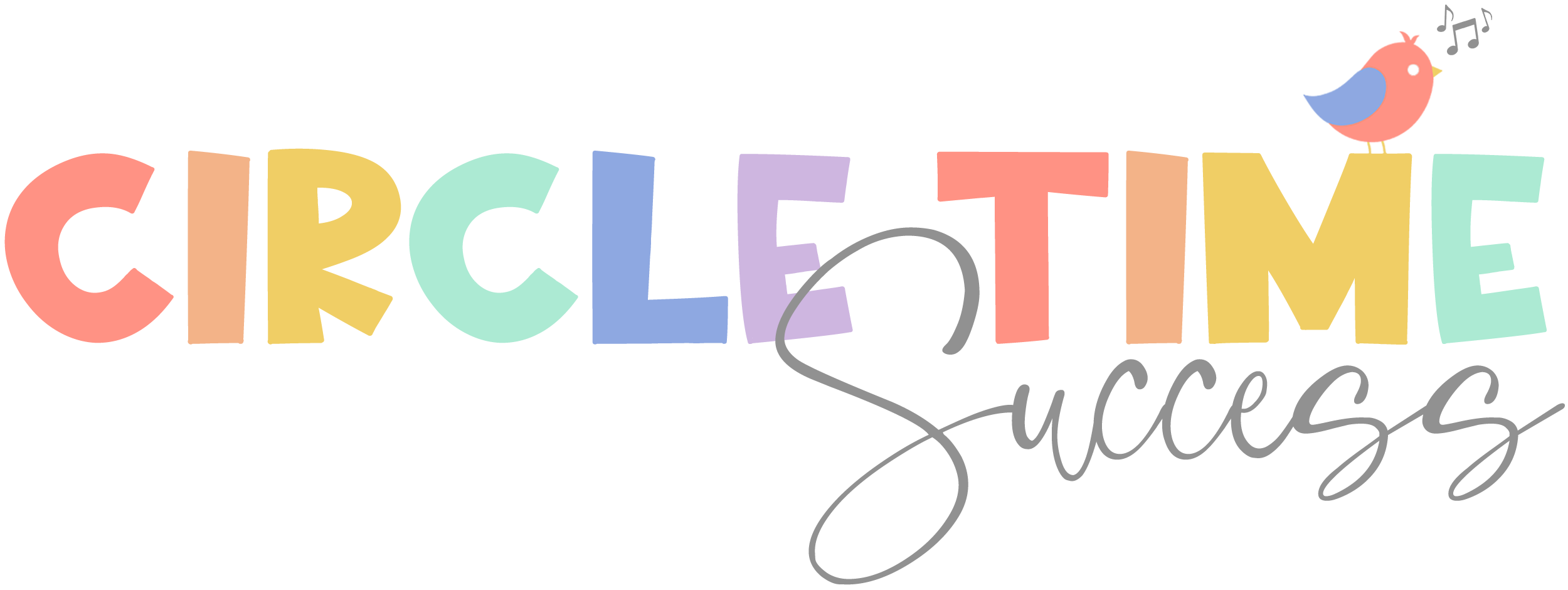Ever heard someone singing a familiar tune, but the words were different? They were singing a “piggyback song” and if you are someone that works with children (and even adults), you will want to utilize this very effective group management strategy on a frequent basis. From hand washing to lining up, this strategy beats the heck out of yelling AND kids actually listen!
Why piggyback songs ROCK!
- They Get Kids’ Attention! Trying to make an announcement to the class but they just won’t listen? Start singing what you have to tell them, but put it to the tune of a song you know. You’ll find that they’ll stop whatever they are doing and listen. Why? Because the sound of your singing voice is different from the other sounds they are hearing. Your voice activates the brain’s alerting network (it’s the brain’s way of keeping us safe) and will require the body to stop whatever it is doing, figure out where the sound is coming from and then decide what to do about it. In that short amount of time, the child will listen to the words you are singing and the brain will get to work processing the information.
- They Lock in Learning Want to teach your children information such as steps to washing their hands or how to put toys away? Turn it into a song using a tune they already know. Piggyback songs are great for learning new information because they offer children an opportunity to connect information to a tune they often already know. Think of the song as the vehicle that will carry the information to their memory bank. It provides a rhythm and rhyme and sometimes alliteration which helps to unlock that information with cues.
How to write a piggyback song
When writing a piggyback song, the trick is to keep it simple so you remember it! Below are four easy steps that will get you a piggyback song in no time!
- Know your purpose – Decide the purpose of the song ie. lining up, sitting down etc.
- Pick a Tune – Find a tune you know well. Refer to the list below for tune inspirations
- Repeat, Repeat, Repeat – If the song has four lines like many simple songs do, your lyrics can repeat four times. This allows the children to hear the direction over and over again and by the fourth time, they know what you are saying! So don’t worry about getting fancy and writing a ton of lyrics. That makes it hard on everyone including you. When you think of a great piggyback song, you want to be able to remember it again with ease.
If you do want to get a little fancy, try changing the third line of the song as shown below:
Piggy Back Song Example
(Tune: She’ll be comin’ round the mountain)
Oh it’s time to wash your hands.
Oh it’s time to wash your hands.
Scrub them here, scrub them there, scrub them everywhere,
Oh it’s time to wash your hands.
Piggy Back Song Tunes
Below is a list of well-known songs that work great as a piggy back tune. Be sure to choose ones you know the tune to really well.
- “A Hunting We Will Go”
- “Bear Went Over the Mountain”
- “Bingo”
- “Clementine”
- “Farmer in the Dell”
- “Frere Jacques”
- “Happy and You Know It”
- “Head Shoulder Knees and Toes”
- “I’m a Little Teapot”
- “London Bridge”
- “Mary had a Little Lamb
- “Row, Row, Row Your Boat”
- “Ten Little Indians”
- “The Wheels on the Bus”
- “Twinkle, Twinkle Little Star”
- “Zippidy Doo Dah”
Piggyback Song Examples.
Here are some of my favorite piggyback songs so you can see how they work. Credit is given to songs written
- Ten Little Icicles from Mrs. Jones’ Room (Tune: “Ten Little Indians”)
- Who is Knocking at My Door? (Tune: “London Bridge”)
- Where is Big Toe? from The Complete Resource Book for Infants: Over 700 Experiences for Children from Birth to 18 Months via Mel’s Desk (Tune: “Where is Thumbkin?”)
- Bumpin’ Up and Down on My Little Blue Sled (Tune: “Bumpin’ Up and Down in My Little Red Wagon”)
- Five Little Snowmen Riding on the Sled from Preschool Education (Tune: “Five Little Monkeys”)
- Five Little Pumpkins Round (Tune: “Five Green and Speckled Frogs”)
Piggyback songs themed! – Need a song for a theme activity? Check here! They are all set to songs you probably know.

